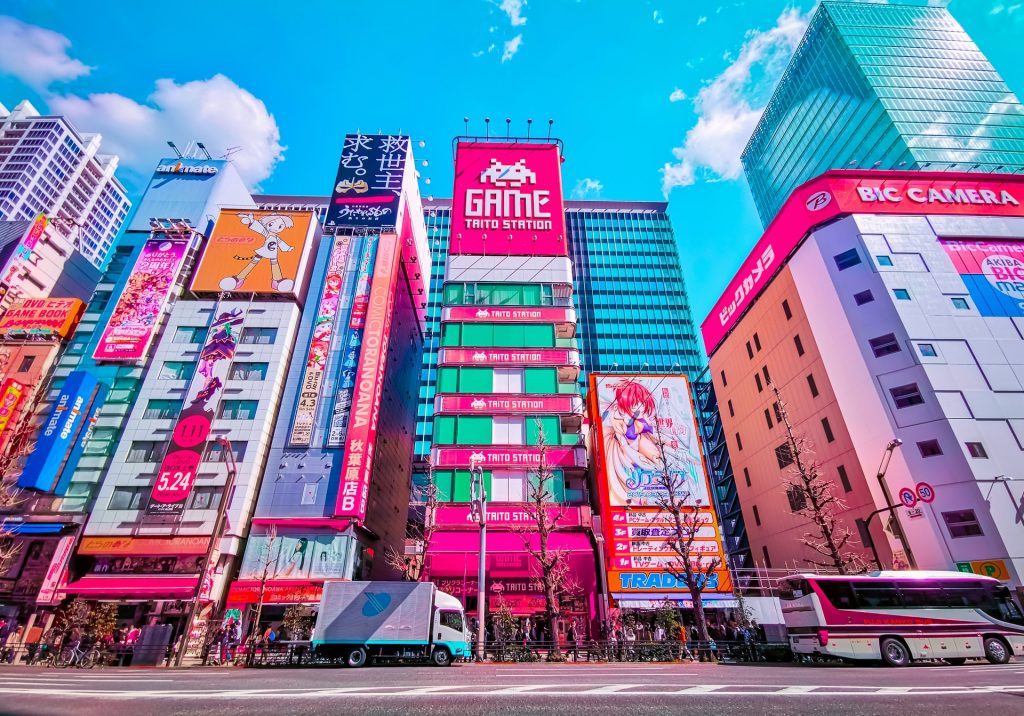
- ARAB NEWS
- 06 Jul 2025

Nader Sammouri
Japan is a country that layers wonders, while holding the title of diversity, culture, and economic boom. However, it is important that one uses a closer and cultural lens in order to understand the lifestyle and livelihood of the Japanese. One look through this lens and you will find that people in Japan generally live in astute poverty and spend most of their time in self-less servitude. This harsh reality of a wealthy world might come as a surprise to many.
Underneath the view of this lens, lies a common misconception; Japanese people work hard and long hours out of pride, dedication and honor. Then the livelihood of these people becomes something fascinating for those unaware of this world. For example, fragile and unsafe houses are seen as “traditional” and “exotic,” and the mother struggling with two children is seen as “nature-friendly.”
However, this ‘culture’ takes a subtle form, masked by high rise buildings, flashing billboards, etc. This makes the poverty in Japan somewhat of a “ninja” as well.
Approaching a few Japanese citizens, the masked culture comes more to surface. Osaka-based Shigenori highlights the influence of western culture over traditional collectivism, saying that politicians who listened to the Japanese version of the American Dream of having winners and losers have received overwhelming support, whereas poverty is increasing in cities that are being invaded by American culture. This has brought in a widened gap in disparity which has been stretched, and become more serious. One example is the expansion of shopping malls into rural areas, which is expanding poverty.”
Furthermore, Shigenori continues to prioritize equality and collectivism of the Japanese community, lamenting the economic gap brought in by western influence.
A Japanese woman in her 60’s (preferred to remain anonymous) provides another perspective to the discussion. She says that the problem of poverty is steadily spreading. “This is especially noticeable in single-mother homes and seems to be growing larger ever since COVID started,” she added. The Japanese woman also highlighted the problem of education gap between economic classes and how these kinds of gaps are usually “discreet.”She said that children who are raised in poor families have a much limited access to education and experience.
Matters like poverty in Japan, and perhaps other places in the world, requires one to focus on the culture and the livelihood of the people, which is an image beyond tourist attractions and wonders.